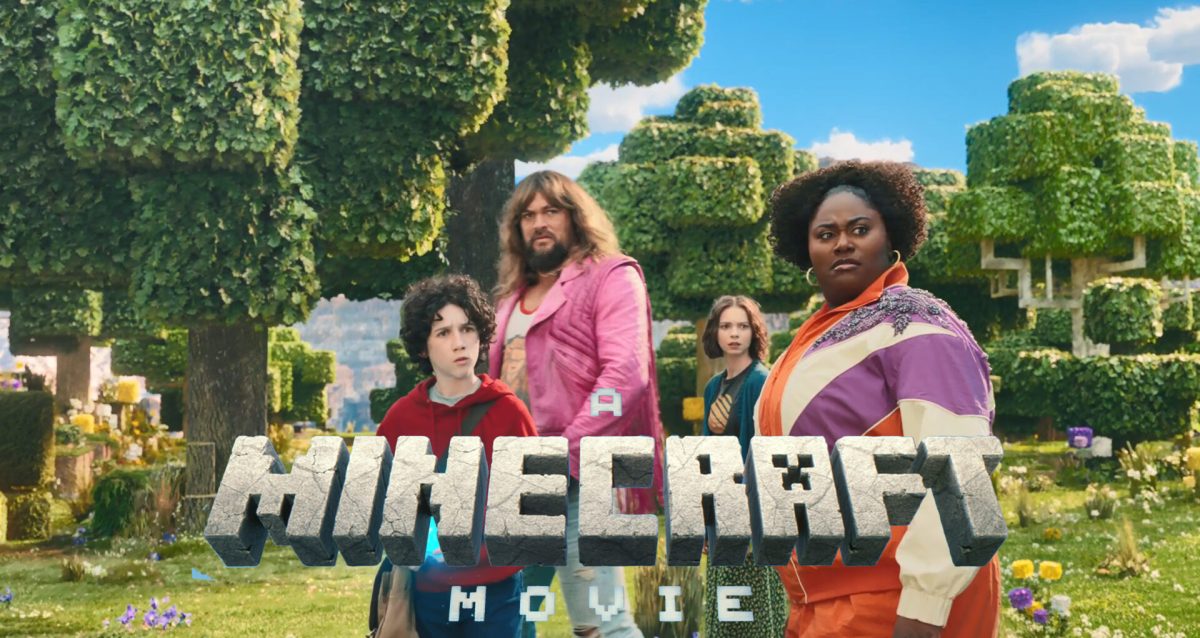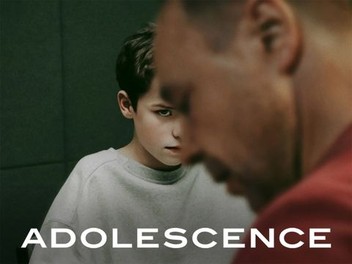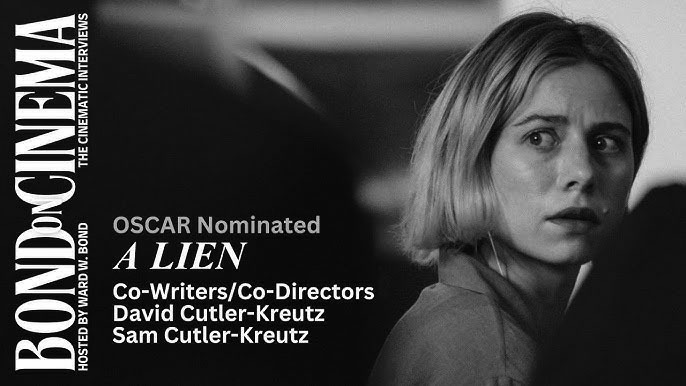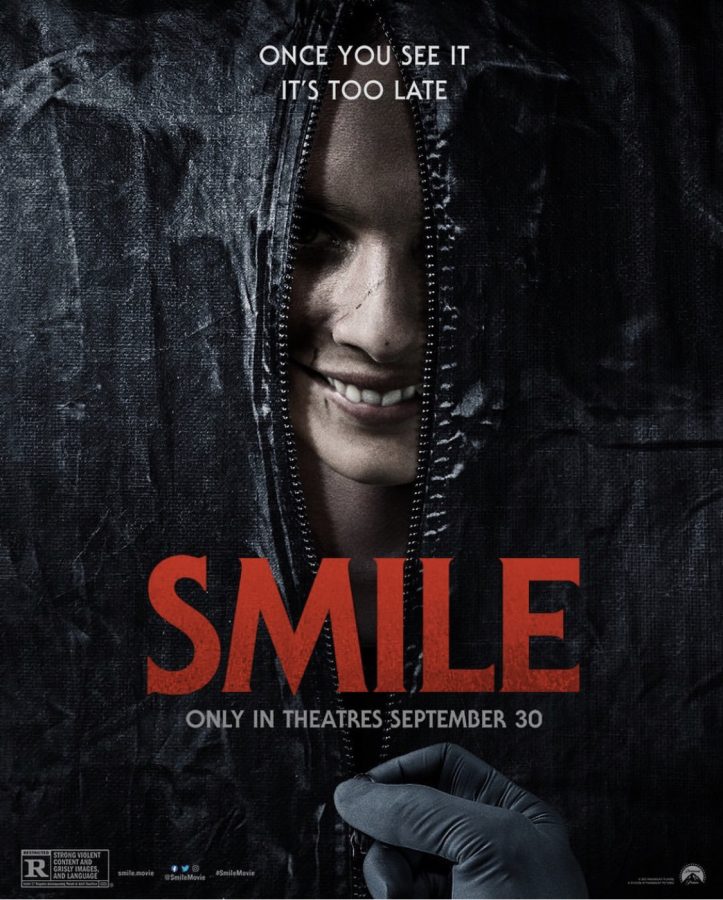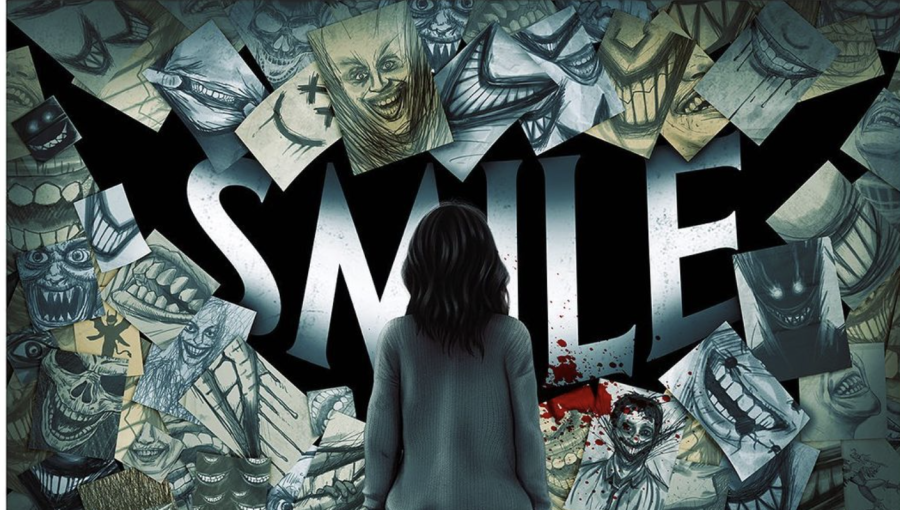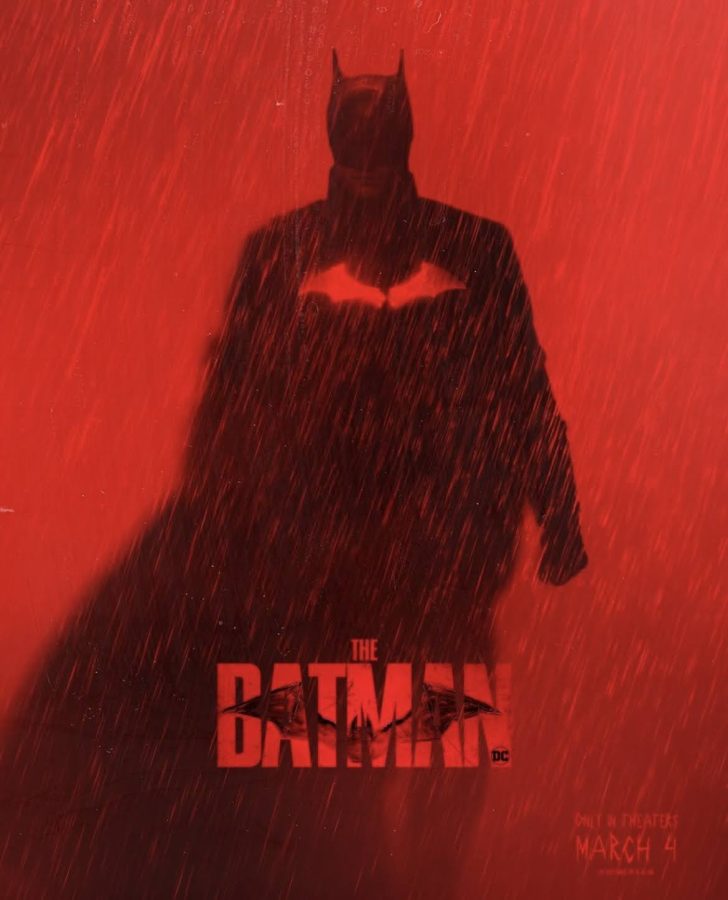For years now, anime has been a medium that has lent itself to creative and original storytelling. From the Miyazaki films like Totoro and The Wind Rises, to more recent TV shows like Naruto and Bleach, anime has a very distinctive style that is flashy and sometimes seizure inducing animation. Perhaps the most popular modern anime TV show is Attack on Titan.
Debuting in 2013, Attack on Titan told the epic tale of Eren Jaeger, an adolescent born into a world where all of humanity is confined within giant walls. Outside of the walls, the rest of the world has been ravaged by Titans, giant humanoid beings that mysteriously appear and eat any human within their reach. The walls have kept the Titans out for one hundred years, and life inside the walls is all Eren knows.
However, everything changes one day when a colossal Titan, larger than any previously encountered, appears outside the wall and kicks it down. Smaller yet deadly Titans spill into the walls and start devouring what’s left of humanity, forcing the survivors to cram into the smaller inner walls. Mass starvation ensues, and civil order is on the verge of collapse. Eren, his home having been destroyed and family eaten by Titans, enlists in the military, vowing to seek vengeance on the Titans. The rest of the series follows Eren as he combats the Titan’s threats.
Along the way, Eren meets several other memorable characters in the military, from Jean to Captain Levi to Annie. With him the whole way is Eren’s childhood friends, Mikasa and Armin. They join the military with Eren and have their own character arcs.
Attack on Titan is a great show that has incredible action, memorable characters, and a very intriguing premise. Gaining immense popularity in Japan and the West, it comes as no surprise that a live action movie was ordered. Split into two parts, the first part, Attack on Titan Part 1 has been screening in limited engagements throughout screens in the US. The first showing was last week, at the Bowtie Criterion Cinemas in New Haven.
Attack on Titan Part 1 is one of the most conflicting films I have seen in a while. There are parts to love, while there are also parts that made me want to scream in the theater. A huge departure from the anime/manga, Attack on Titan Part 1 shares some basic elements of the show. Eren, Mikasa, and Armin are still the focus of the story. The Colossal Titan does indeed kick down the wall and the outer community is overtaken by Titans. Eren joins up with the military as in the show.
Yet it doesn’t feel like Attack on Titan. Characters from the show are present, yet the chemistry, background, and interactions all fall flat. Major parts of the story arc from the TV show are completely gone. While that would be fine, these arcs contribute to later story elements that are still present in the film. So, when these elements come up, they make no logical sense in the story.
Part of the allure of Attack on Titan and anime in general is the Japanese village culture present. The sliding doors and food markets have a heavy aesthetic appeal. Yet in the film adaptation, the setting is a much bleaker, industrial setting. Likely due to budget cuts, this setting is far less intriguing. Another large element of the show is the 3D maneuvering devices, a device used by the soldier to combat the Titans. The 3D maneuvering device is worn by the soldiers, and shoots wires into objects nearby.
The soldiers zip along the lines at a fast speed in order to combat Titans, as their only weak spot is in the nape of the neck. The animated series showed the physics of the movement of these devices with crystal clear footage, putting the viewer in the perspective of the soldier fighting Titans. In the film, these devices look horrible, with the movement appearing cartoonish and rubbery.
The Titans themselves actually look decent. Using a combination of CGI and live action, the Titans have the same terrifying smiles and malformed bodies from the show. The film captures the immensity and terror of the Titans. Yet the battles are just horrible, with terrible CGI and an excess of poor lighting and shaky cinematography. One of the biggest detractors from the first Hunger Games was the overuse of shaky cinematography. Attack on Titan has shaky cam during parts that are not even action scenes, lending to the belief that the camera crew was too lazy to set up a tripod.
There are a few redeeming factors in Attack on Titan. The costumes are spot on, and look as if they were taken right from the show. As mentioned earlier, the Titans look terrifying, despite the fact that they do not blend in with their human attackers in the least. That’s pretty much it.
A good adaptation, whether from book to movie or TV show to movie, does not need to follow the original source to be great. Arguably the greatest film of all time, The Lord of the Rings, varies substantially from the Tolkien novels to the point of being very different stories. Yet by maintaining the spirit of the characters, the source material does not feel abused or corrupted. With Attack on Titan, the characters feel like watered down less interesting versions of their anime counterparts.
The main redeeming factor is some mild entertainment in the last twenty minutes.
Attack on Titan is not a Hollywood film, and should not be expected to have Hollywood blockbuster special effects. Yet some shots are laughably bad. Consider Godzilla Final Wars. Released in 2004, it was another Japanese action film that bolstered excellent special effects on a small budget. These monster fights were far more entertaining than the Titan fights in Attack on Titan.
After the second part to Attack on Titan, Higuchi’s next project is Shin Gojira, a Japanese produced reboot of the world’s most famous kaiju. Coming in between the 2014 American Godzilla and its sequel, I pray that Shin Gojira is given more care and attention then Attack on Titan was. I don’t see Attack on Titan Part II (subtitled End of World) being much of an improvement. Yet as an avid fan of the anime series, I will see it and let you all know how it was in three weeks when it is released in American theaters.





